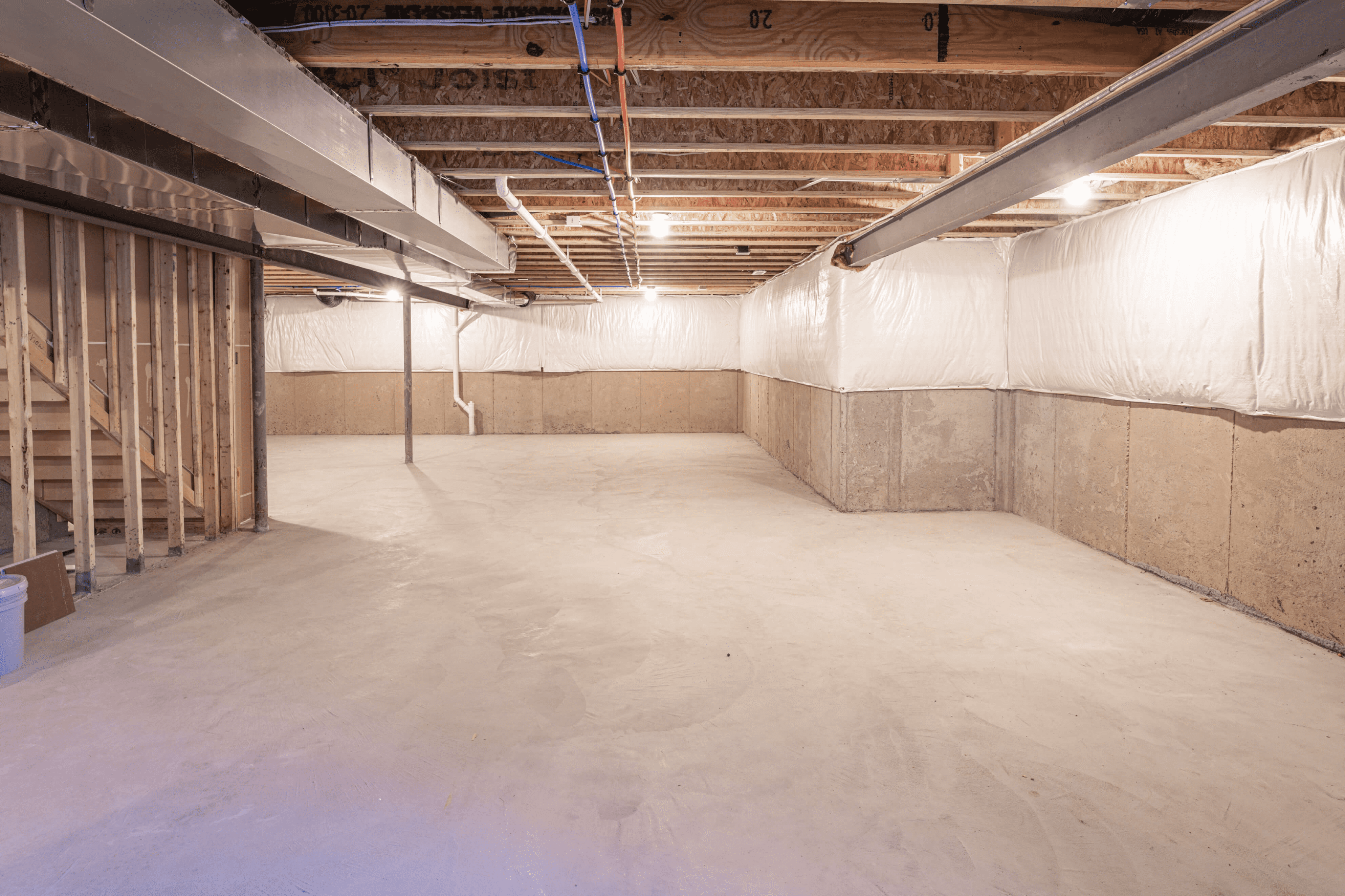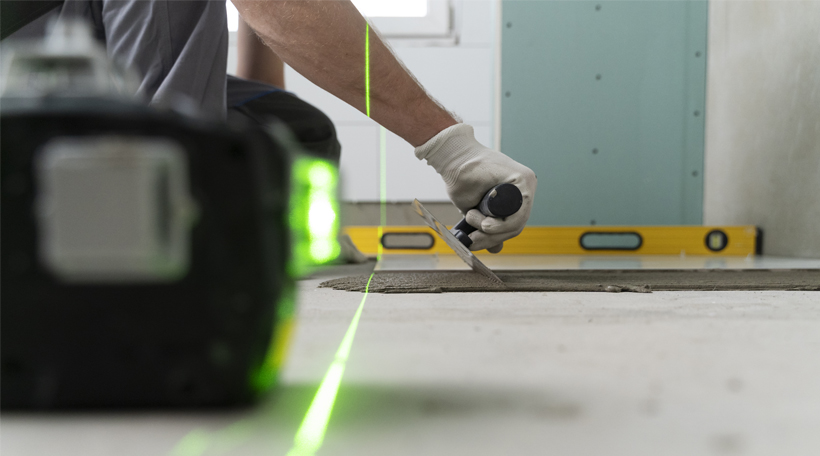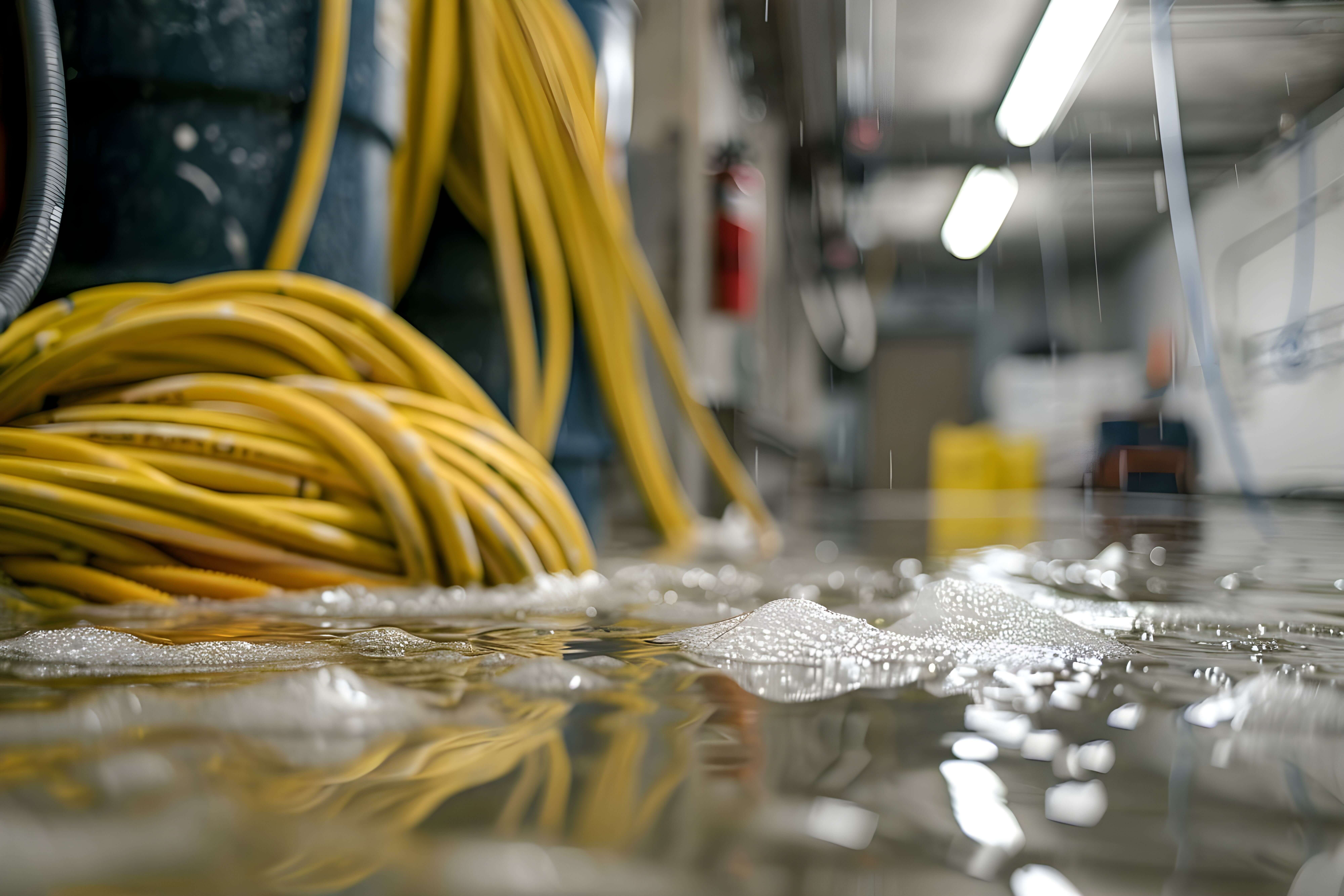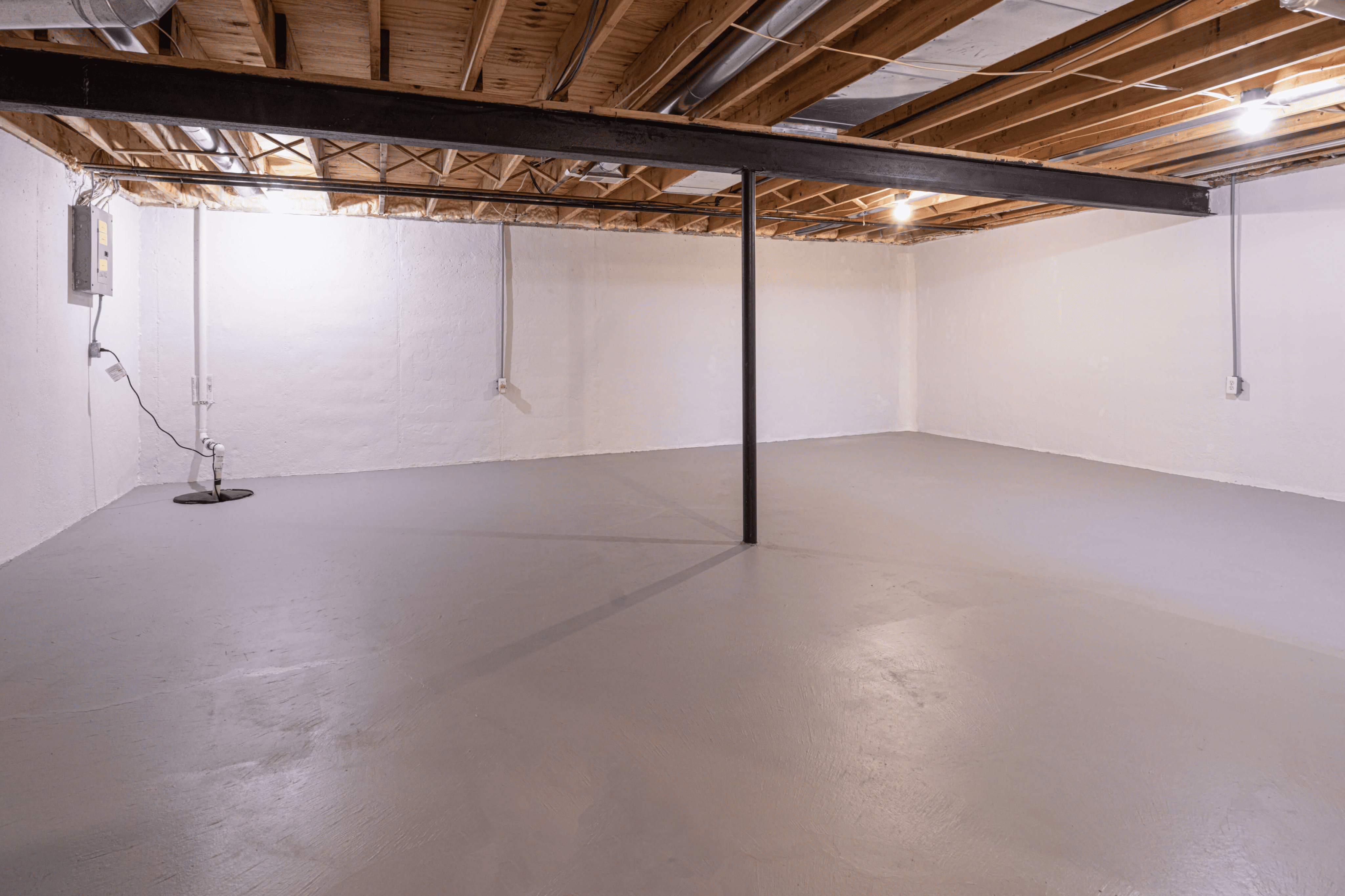Imagine turning your basement into a cozy, usable space without the worry of moisture creeping in. At Pryde Group, we specialize in expert waterproofing and drain solutions across the Greater Toronto Area. Let’s explore the steps of how to waterproof basement walls effectively, ensuring your basement remains dry and safe.
Identifying Moisture Problems
The journey to a dry basement begins with identifying any moisture problems. Look for signs of dampness, mold, or mildew on the walls. These indicators suggest that water is seeping through your basement walls and needs immediate attention.
Cleaning and Preparing the Walls
Before applying any waterproofing solutions, it’s essential to clean and prepare the walls thoroughly. Remove any dirt, dust, or loose material. You might also need to use a mold and mildew cleaner if you notice any mold growth. Ensuring the walls are clean will help the waterproofing materials adhere better and be more effective.
Applying Waterproofing Paint
One of the most straightforward methods of waterproofing basement walls is using waterproofing paint. This paint is specially formulated to create a water-resistant barrier. Apply the paint evenly with a brush or roller, making sure to cover all areas thoroughly. You may need to apply multiple coats for maximum effectiveness.
Using Waterproofing Membranes
Waterproofing membranes are another effective solution for keeping water out. These membranes can be applied directly to the interior walls of your basement. They work by creating a physical barrier that prevents water from penetrating the walls. This method is especially useful for basements with severe moisture issues.
Installing Vapor Barriers
Vapor barriers are an excellent addition to your waterproofing strategy. These barriers are installed on the inside of your basement walls and help to block moisture from entering the living space. They are particularly effective when used in conjunction with other waterproofing methods like paint or membranes.
Sealing Joints and Cracks
Even if there are no visible foundation issues, small joints and cracks in the basement walls can allow moisture to seep in. Use a high-quality sealant to fill any gaps or cracks. This will enhance the effectiveness of your waterproofing efforts and provide additional protection against water intrusion.
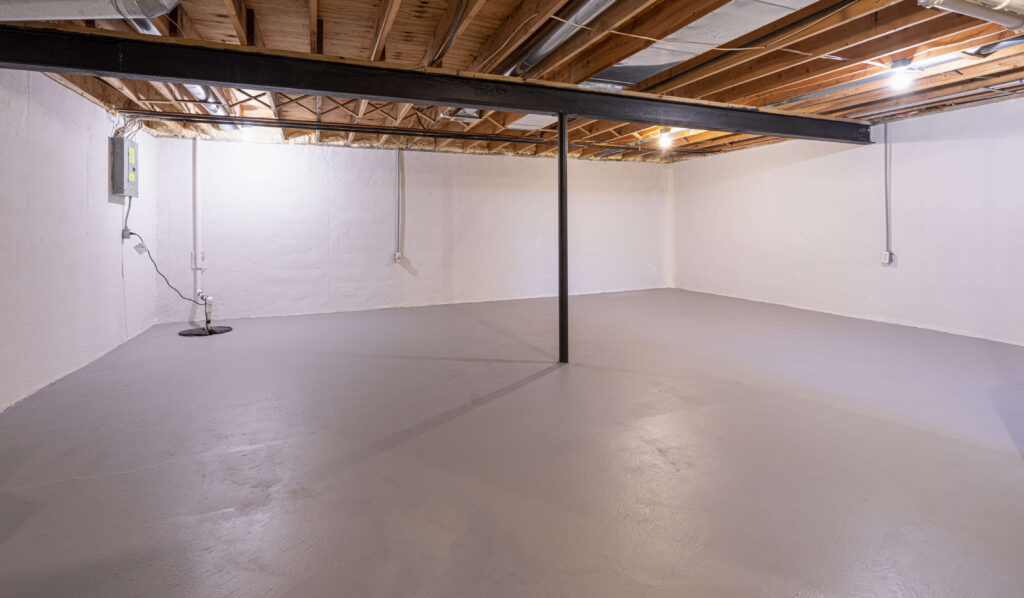
Interior Drainage Systems
An interior drainage system can be an excellent complement to waterproofing walls. These systems collect water that seeps through the walls and direct it away from your basement. Installing a sump pump can further ensure that any accumulated water is efficiently pumped out of your basement.
Regular Maintenance
Waterproofing your basement walls is not a one-time job. Regular maintenance is critical to ensure the longevity of your waterproofing efforts. Periodically inspect the walls for signs of moisture, and reapply waterproofing materials as needed. Keeping your gutters and downspouts clean and in good condition will also help prevent water from entering your basement.
Professional Waterproofing Services
If the task of waterproofing your basement walls seems daunting, or if you’re dealing with significant moisture problems, consider seeking professional help. At Pryde Group, our team of experts is ready to assess your basement and provide tailored waterproofing solutions. We pride ourselves on delivering high-quality services that ensure your home stays dry and protected.
Conclusion
Knowing how to waterproof basement walls is essential for maintaining a dry, healthy home. By identifying moisture problems, cleaning and preparing the walls, applying waterproofing paint or membranes, installing vapor barriers, sealing joints and cracks, and considering an interior drainage system, you can effectively protect your basement. Regular maintenance and professional services will ensure long-term success in keeping your basement dry.
Contact Pryde Group today to learn more about our waterproofing solutions and how we can help protect your home from water damage.

